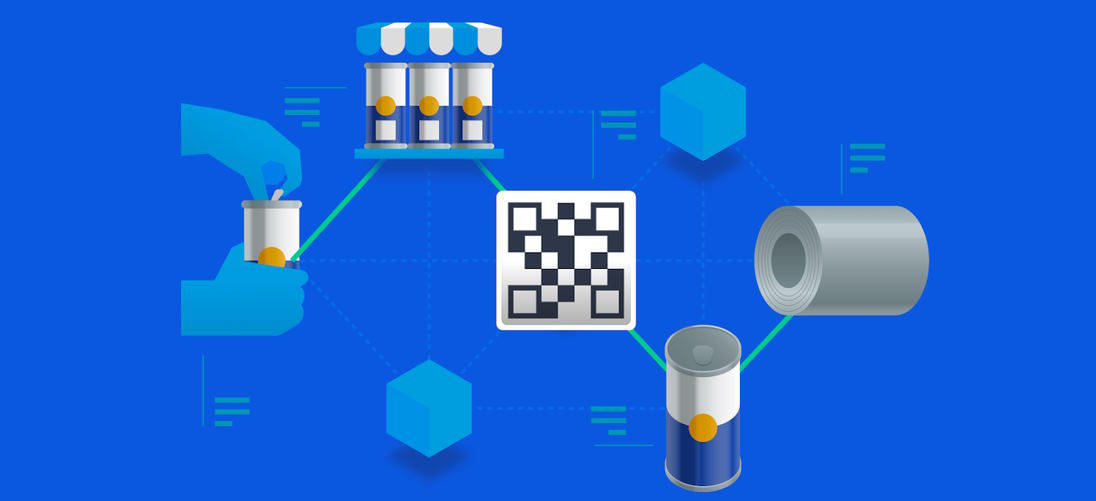In today’s highly competitive manufacturing industry, minimizing downtime and maximizing efficiency are crucial for maintaining profitability. One key strategy for achieving this is through the implementation of predictive maintenance, which involves identifying potential equipment failures before they occur and scheduling maintenance accordingly. With the rapid advancement of artificial intelligence (AI) technologies, manufacturers now have access to powerful tools for analyzing equipment data and predicting potential failures with a high degree of accuracy. In this article, we will explore the use of AI for predictive maintenance in manufacturing, examining its benefits, challenges, and future developments.
Benefits of using artificial intelligence in predictive maintenance
Artificial intelligence (AI) has revolutionized the way manufacturers approach predictive maintenance. By analyzing large amounts of data in real-time, AI can identify potential equipment issues before they lead to costly failures, ensuring that production runs smoothly and efficiently. Here are some of the benefits of using AI in predictive maintenance:

Firstly, AI algorithms can significantly improve the accuracy and reliability of equipment fault prediction. By analyzing large amounts of data and using machine learning techniques, AI can identify patterns and anomalies that might not be detectable to human operators. This allows manufacturers to proactively address issues before they escalate, preventing costly equipment downtime.
Secondly, AI-based predictive maintenance can also lead to cost savings through optimized scheduling and increased equipment lifespan. By detecting potential issues early, manufacturers can schedule maintenance activities during planned downtime, avoiding costly unscheduled repairs. Additionally, early detection of equipment issues allows for timely repairs, extending the overall lifespan of equipment and reducing the need for costly replacements.
Lastly, AI-based predictive maintenance can improve worker safety by detecting potential equipment failures before they cause accidents. This can include detecting issues with machinery that might cause injury or identifying potential leaks or malfunctions that could cause damage to the environment.

Challenges in implementing AI for predictive maintenance
While the benefits of using artificial intelligence (AI) in predictive maintenance are clear, there are also several challenges that must be overcome when implementing these technologies. Here are some of the key challenges that manufacturers may face:
Firstly, the effective use of machine learning and deep learning algorithms for predictive maintenance requires large datasets. These datasets must be diverse and encompass a wide range of scenarios to enable the algorithm to accurately predict potential equipment issues. Collecting and managing these datasets can be challenging, especially in cases where there is limited historical data available.
Secondly, integrating AI systems with existing manufacturing processes can also be technically challenging. AI systems must be designed to work seamlessly with existing equipment and data management systems, which can require significant investment in time and resources.
Finally, the cost of implementing AI for predictive maintenance can be a barrier for some manufacturers. This can include the cost of purchasing and installing AI-enabled equipment, as well as the ongoing cost of maintaining and updating these systems. Additionally, there may be resistance from workers who are unfamiliar with the technology or who fear that their jobs may be replaced by automated systems.

